 W
WSir Frederick Leopold Arthur, 2nd Baronet was a British soldier.
 W
WClement Richard Attlee, 1st Earl Attlee, was a British politician who served as Prime Minister of the United Kingdom from 1945 to 1951 and Leader of the Labour Party from 1935 to 1955. He was three times Leader of the Opposition.
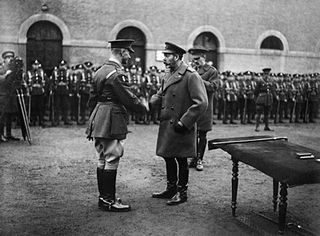 W
WMajor General Daniel Marcus William Beak, was a British Army officer and an English recipient of the Victoria Cross, the highest award for gallantry in the face of the enemy that can be awarded to British and Commonwealth forces.
 W
WGeneral Sir Mervyn Andrew Haldane Butler, was a British Army officer who served as Commander-in-Chief Strategic Command.
 W
WLt. Col Frederick Henry Cardozo MC was a British soldier and SOE veteran. Cardozo was brought up in the Loire Valley between 1923 and 1933.
 W
WGeorge Hanger, 4th Baron Coleraine was a British soldier, author, and eccentric.
 W
WGabriel Georges Coury VC, was an English recipient of the Victoria Cross, the highest and most prestigious award for gallantry in the face of the enemy that can be awarded to British and Commonwealth forces.
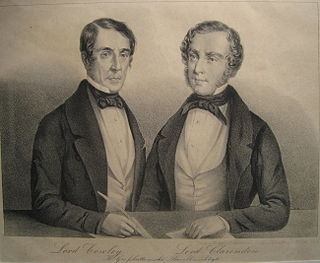 W
WHenry Wellesley, 1st Baron Cowley GCB was a British diplomat and politician. He was the younger brother of the first Duke of Wellington.
 W
WBoyle Travers Finniss was the first Premier of South Australia, serving from 24 October 1856 to 20 August 1857.
 W
WMajor General Sir John Gellibrand, was a senior Australian Army officer in the First World War, Chief Commissioner of the Victoria Police from 1920 to 1922, and a member of the Australian House of Representatives, representing the Tasmanian Division of Denison for the Nationalist Party from 1925 to 1928.
 W
WColonel Sir Arthur George Hammond was an English recipient of the Victoria Cross, the highest and most prestigious award for gallantry in the face of the enemy that can be awarded to British and Commonwealth forces.
 W
WLieutenant-General Sir Percy Egerton Herbert was a British Army officer and Conservative politician.
 W
WGeneral Sir James Kempt, was a British Army officer, who served in the Netherlands, Egypt, Italy, the Peninsula, and British North America during the Napoleonic Wars. He led a British brigade at the Battle of Waterloo and later became Governor General of Canada.
 W
WBrigadier-General Charles Lawrence was a British military officer who, as lieutenant governor and subsequently governor of Nova Scotia, is perhaps best known for overseeing the Expulsion of the Acadians and settling the New England Planters in Nova Scotia. He was born in Plymouth, England, and died in Halifax, Nova Scotia. According to historian Elizabeth Griffiths, Lawrence was seen as a "competent", "efficient" officer with a "service record that had earned him fairly rapid promotion, a person of considerable administrative talent who was trusted by both Cornwallis and Hopson." He is buried in the crypt of St. Paul's Church (Halifax).
 W
WJean-Paul Mascarene was a Lieutenant-Governor of Nova Scotia and commander of the 40th Regiment of Foot from 1740 to 1749. During this time, he led the colony through King George's War. He had an extensive military career throughout his life, during the events of British and French conflict that led to the Seven Years' War.
 W
WMajor General Charles William Melvill, was a soldier who served with the British Army for several years before joining the New Zealand Military Forces. He participated in the First World War with the New Zealand Division and commanded infantry brigades on the Western Front. When he died, he was Commandant of the New Zealand Military Forces.
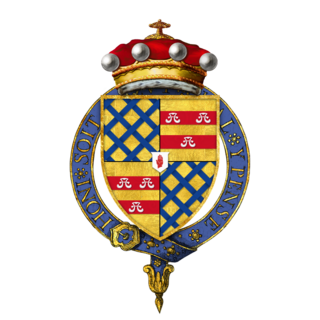 W
WColonel Michael Guy Percival Willoughby, 11th Baron Middleton, was a British peer and soldier.
 W
WLieutenant General Sir Archibald Edward Nye was a senior British Army officer who served in both world wars. In the latter he served as Vice Chief of the Imperial General Staff (VCIGS).
 W
WBrigadier Alastair "Jock" Stevenson Pearson, was a baker, farmer and one of the most highly regarded soldiers of the Parachute Regiment and the British Army who served in the Second World War.
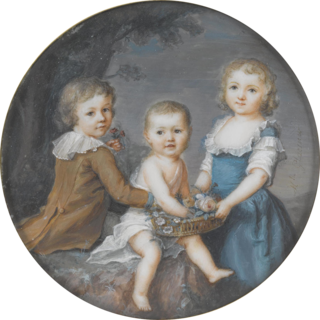 W
WLord Robert Seymour was a British politician who sat in the Irish House of Commons from 1771 to 1776 and in the British House of Commons from 1771 to 1807. He was known as Hon. Robert Seymour-Conway until 1793, when his father was created a marquess; he then became Lord Robert Seymour-Conway, but dropped the surname of Conway after his father's death in 1794.
 W
WJohn Graves Simcoe was a British Army general and the first Lieutenant Governor of Upper Canada from 1791 until 1796 in southern Ontario and the watersheds of Georgian Bay and Lake Superior. He founded York and was instrumental in introducing institutions such as courts of law, trial by jury, English common law, and freehold land tenure, and also in the abolition of slavery in Canada.
 W
WMajor-General Arthur Solly-Flood was a British Army officer.
 W
WMajor-General John Winslow, descendant of Edward Winslow, was an officer during the French and Indian War.
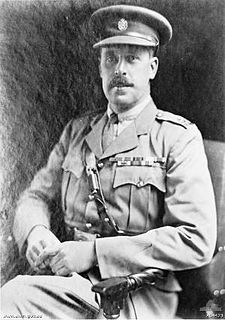 W
WGuy George Egerton Wylly, was a senior British Indian Army officer and an Australian recipient of the Victoria Cross, the highest award for gallantry in the face of the enemy that can be awarded to British and Commonwealth forces, for actions during the Second Boer War.